
05 Aug Brian: Zebra stripes and leopard spots
Onida, South Dakota—For the first time this summer, South Dakota is providing us with weed-free fields to cut. Outside of a few occasional sprinkles or a brief rain shower it’s been mostly rain-free, too. You would think that would make for some very happy harvesters, but it’s been hard to get very excited. The crop is very poor this year, and we finished our winter wheat acres in less than four days. Don’t get me wrong, we are grateful for the work and the best harvesting conditions of the year, but it’s a different rain-related headache causing a lot of uncertainty for everyone.
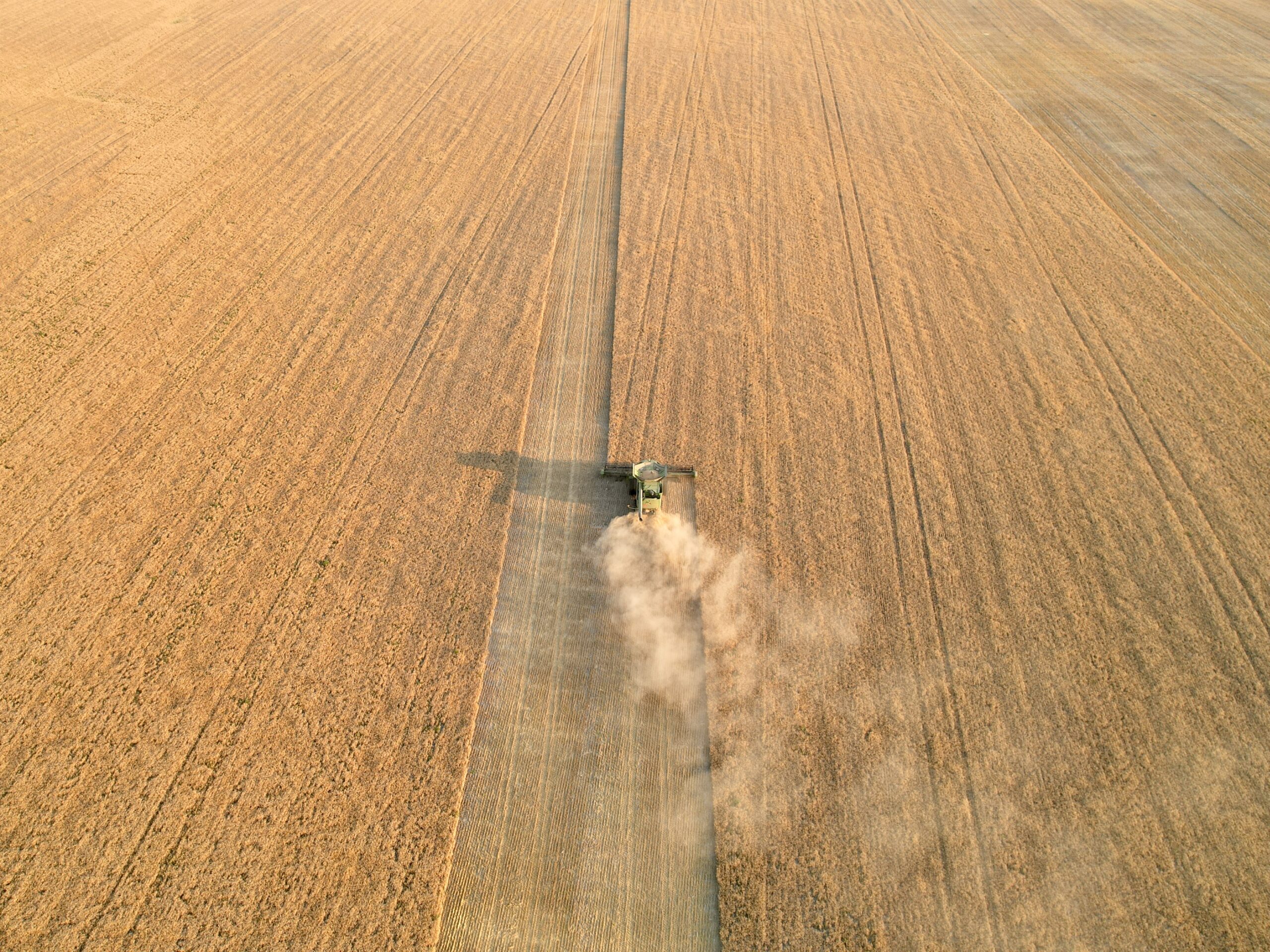
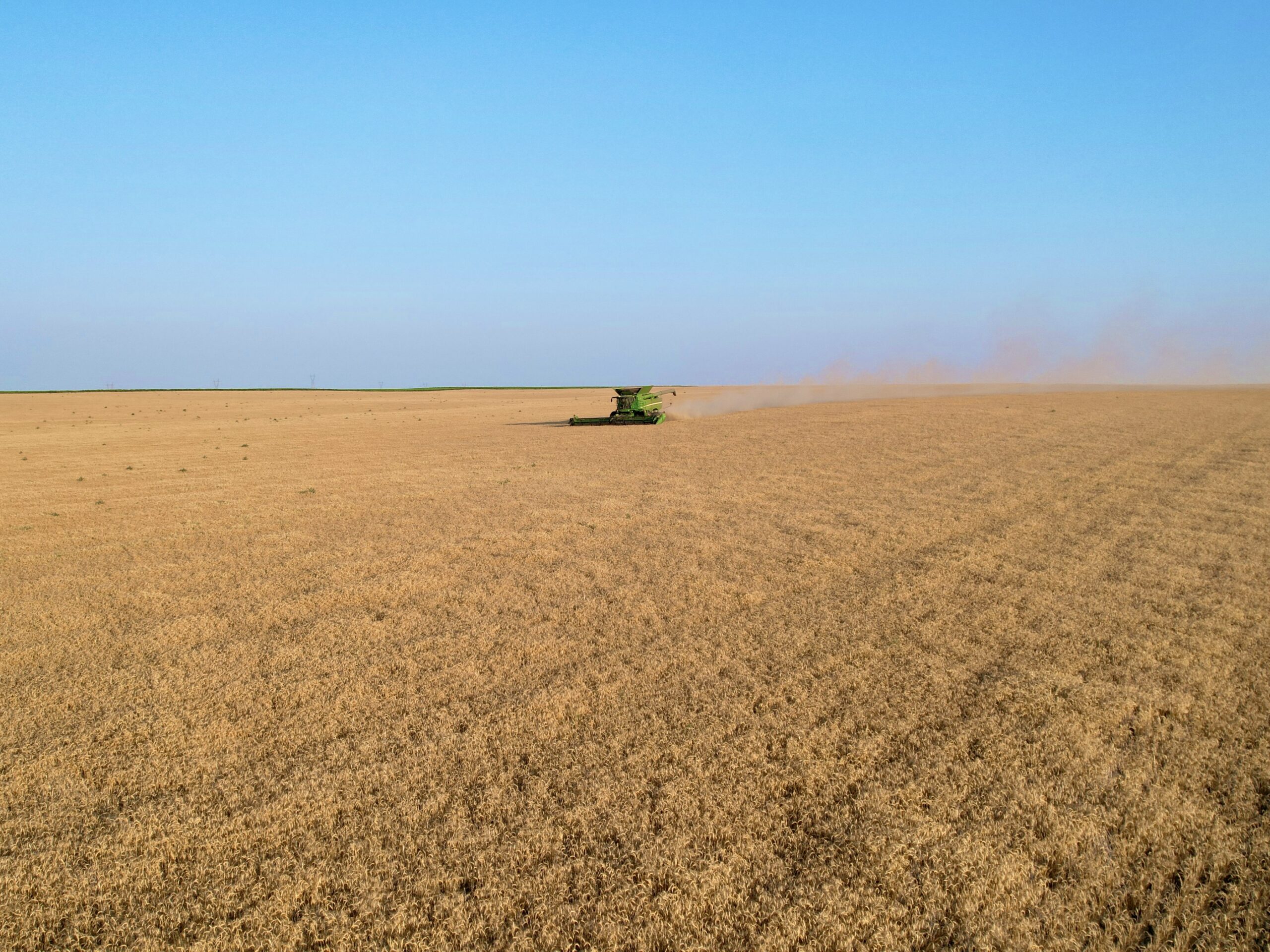
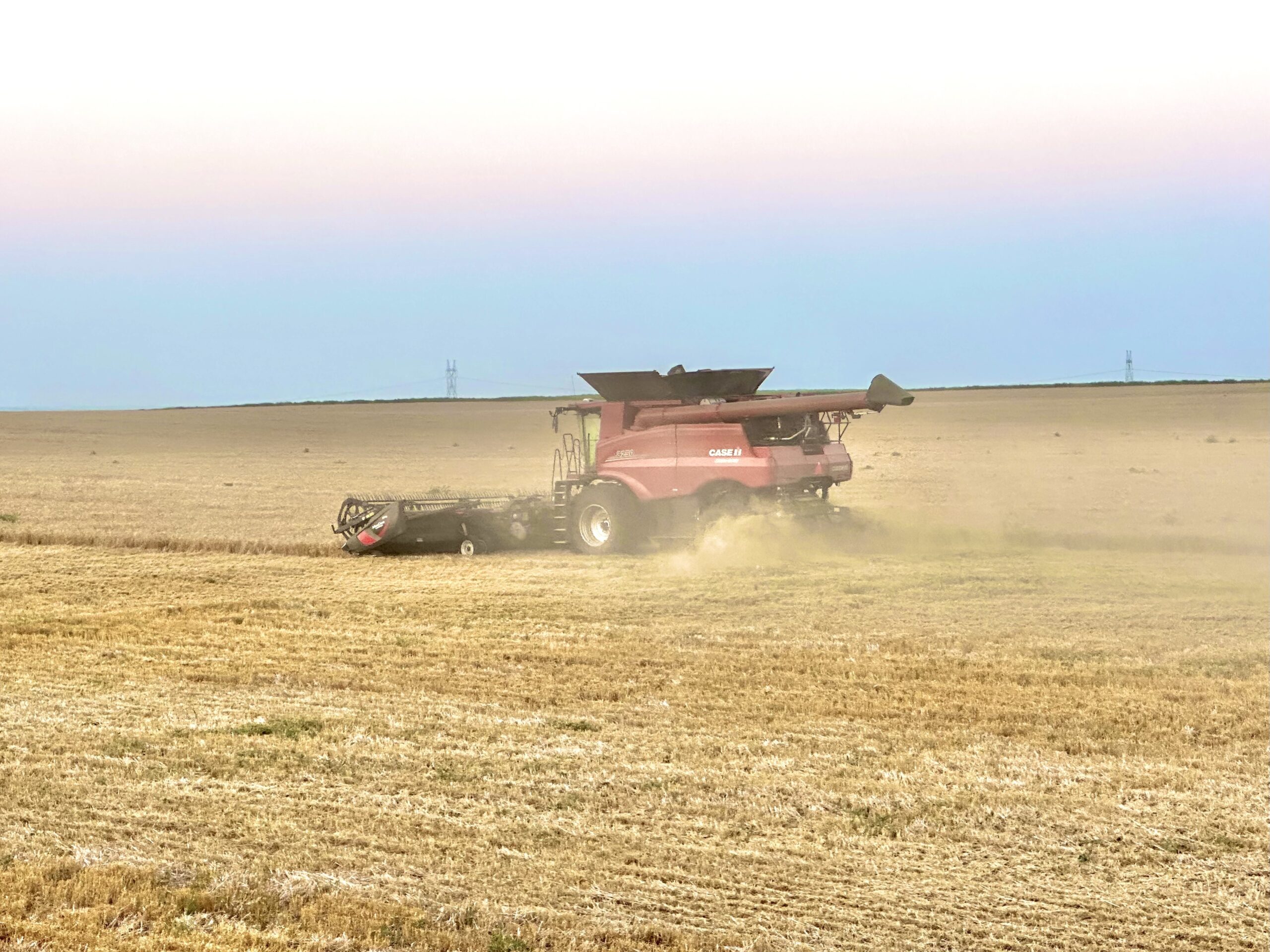
Central South Dakota has not been immune from the rainfall shortage plaguing nearly all of the Great Plains. As the snow began to fall this past winter, much of the wheat entered dormancy looking decent. Fast forward to spring, and the snow that should have slowly melted simply didn’t. Instead, unseasonably warm temperatures caused much of it to run off the frozen ground and into ditches. Being robbed of that moisture exasperated the drought situation. Spring wheat was seeded into very dry soil, and the wheat came up especially uneven. Abnormally hot temperatures arrived early in the growing seasons which stressed the plants even further.
You can imagine how welcome the 10 inches of rain that fell a few weeks ago was to farmers here. While the fall crops were almost singlehandedly saved by this rainfall, no one could have guessed the headache it would cause with the spring wheat. Revived by the rain, plants that were once thought to be dead started to grow again, thriving with the moisture and unexpectedly cool temps. The result is unlike anything we have ever seen before. Spring wheat fields are best described using the highly scientific term “splotchy.” Almost zebra or leopard-like, green patches speckle and streak the fields. Plant maturity varies from “ready to harvest today” to “ready to harvest in six weeks,” all simultaneously mixed together in the same field.
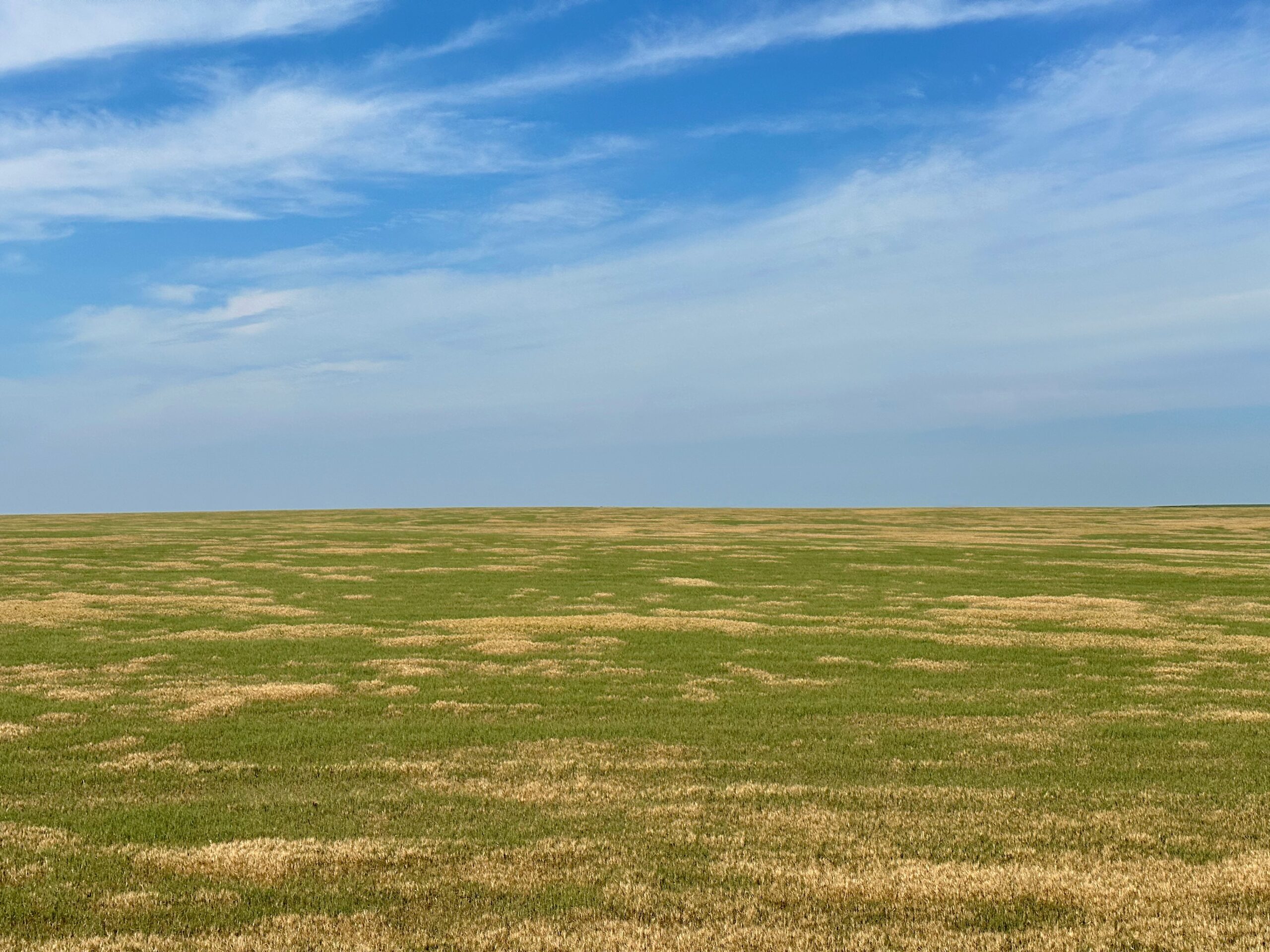
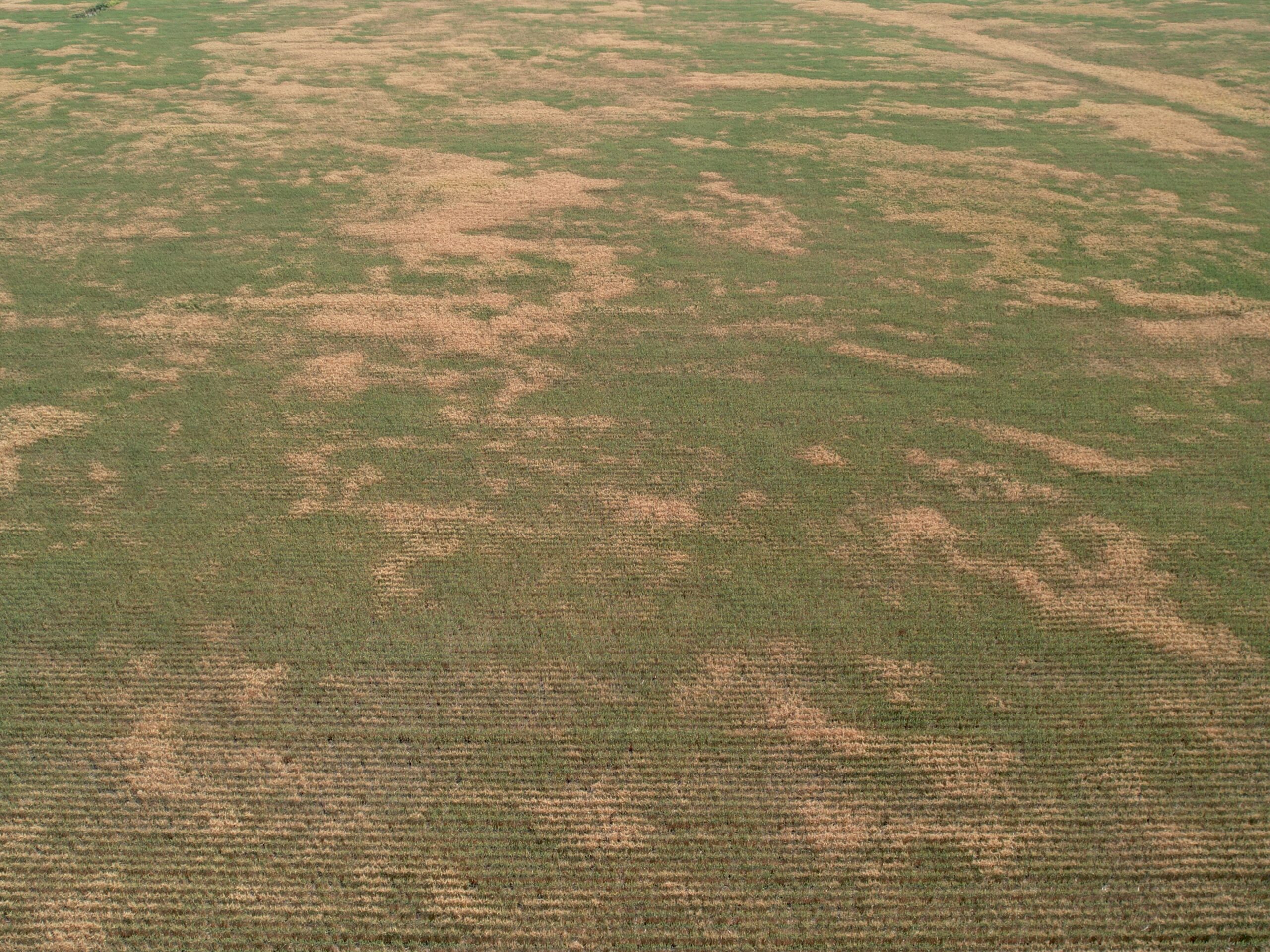
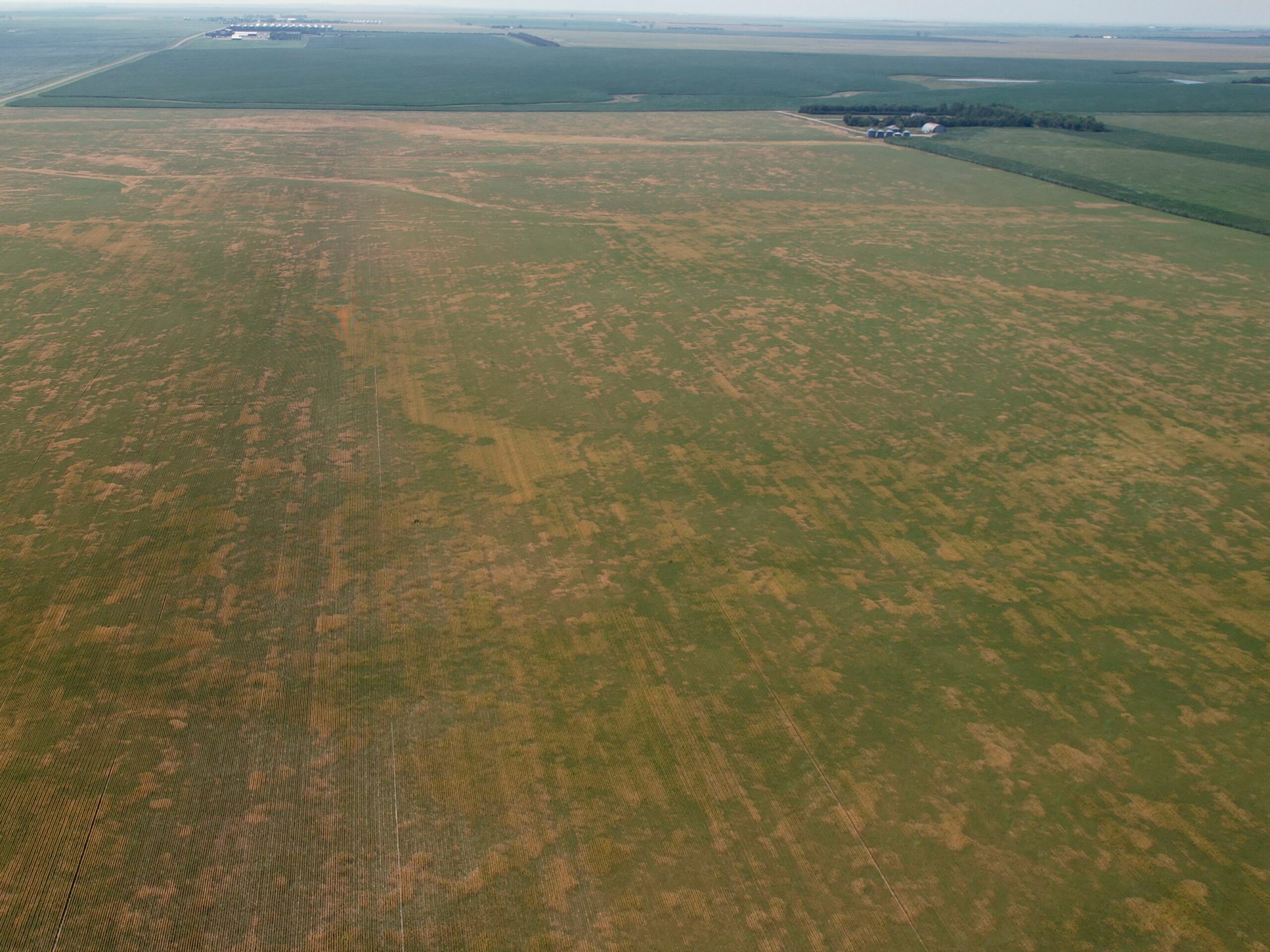
No one really knows what to do, even experienced agronomists. The term “sucker head” has taken on an entirely new meaning here, but most everyone agrees the grain that’s going to provide most of the yield is not in those green plants. The plan of attack is to spray all the spring wheat that still looks viable and kill off anything still in a growth stage. Exactly what yield, test weight and quality will be left in those fields is still debatable, but it’s about the only option available. Investing even more money into these drought-stricken fields is a big risk, and we know some fields are simply going to be zeroed out altogether.

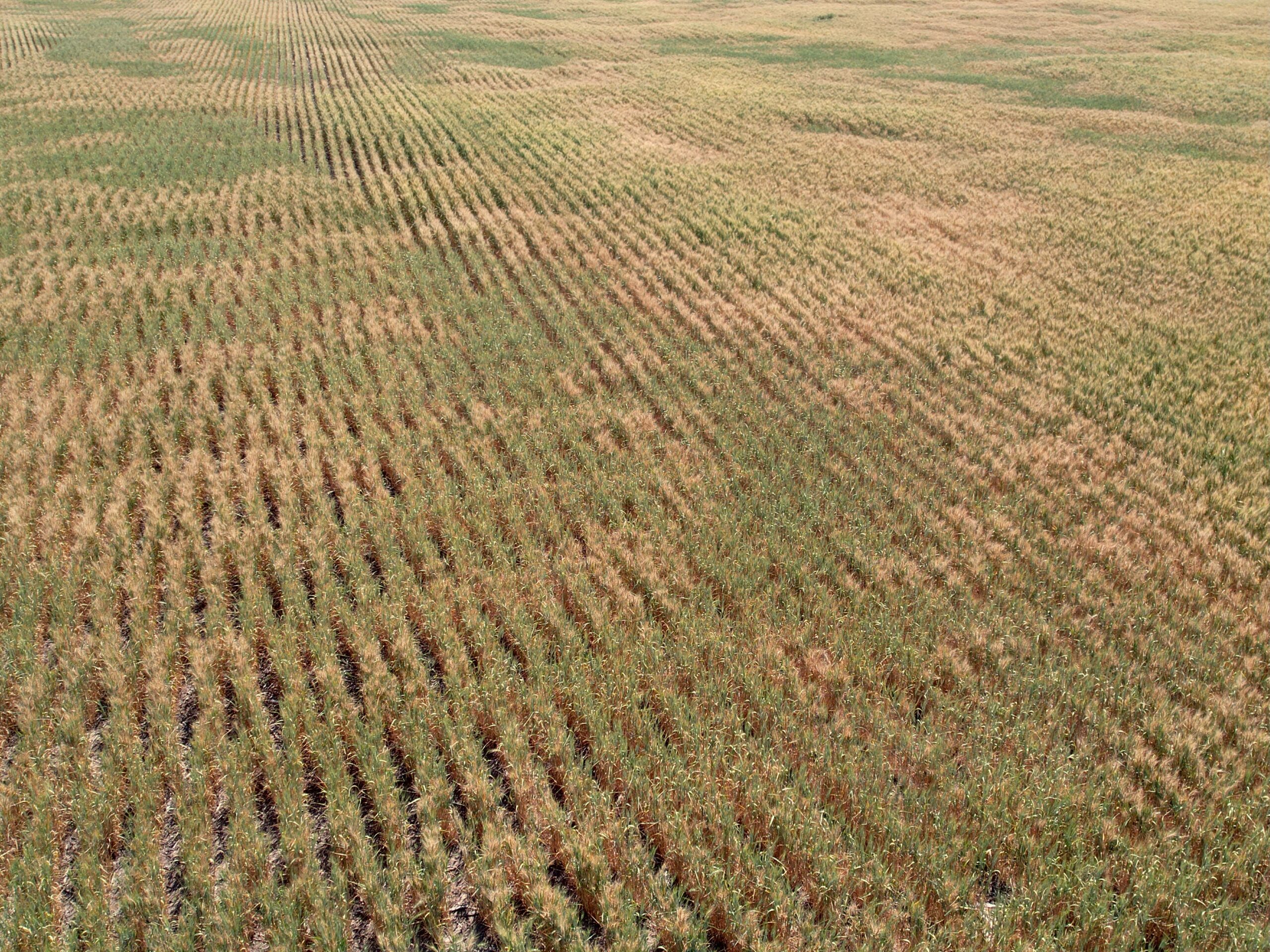

How many spring wheat acres will be worth harvesting is unknown, but what we do know is it will be at least two weeks before harvesting resumes. We hope to cut maybe half of our normal acres here, but no one really knows what to expect. Some crews have already left, some are here with partial crews, and others have skipped this area all together. With two weeks of unexpected—and unwanted—vacation, our crew is entertaining going back home, going on vacation or maybe just going crazy. I guess we have plenty of time to decide.
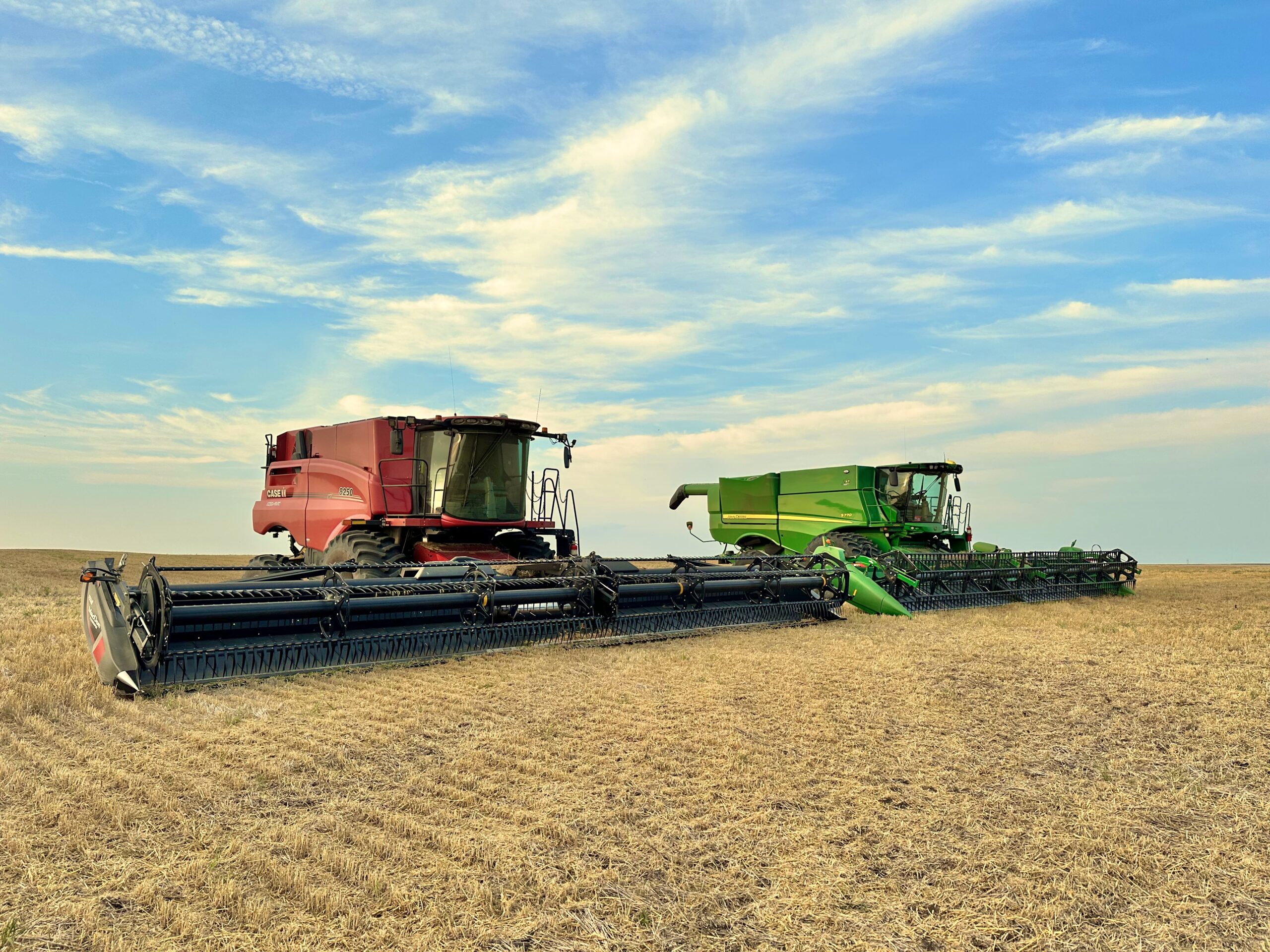
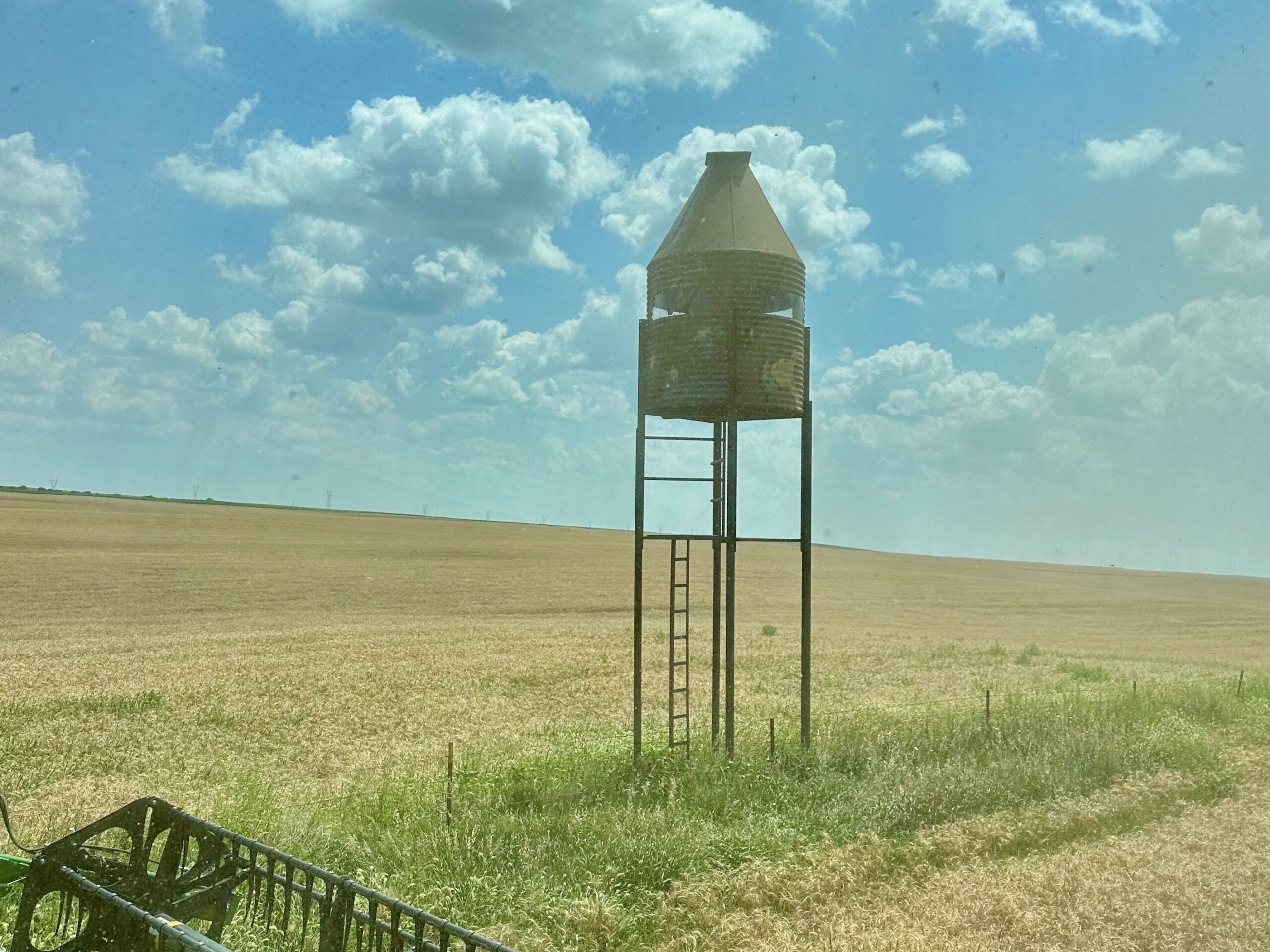
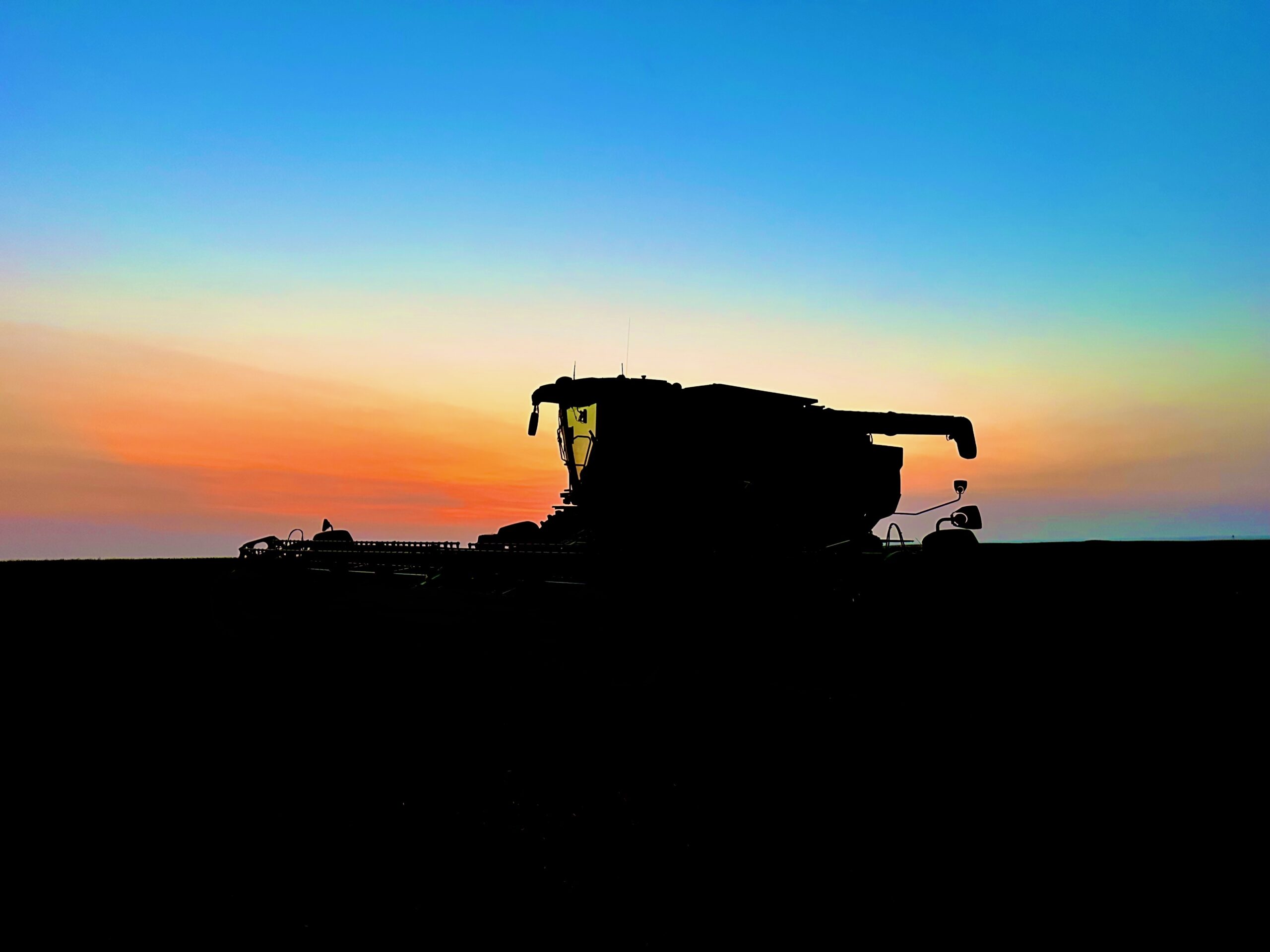
Brian Jones can be reached at brian@allaboardharvest.com.
All Aboard Wheat Harvest is brought to you by Unverferth Manufacturing Co., Inc., High Plains Journal, New Holland, ITC Holdings Corp, U.S. Custom Harvesters, Inc., Kramer Seed Farms and Lumivia Insecticide Treatment by Corteva Agriscience.

Sorry, the comment form is closed at this time.